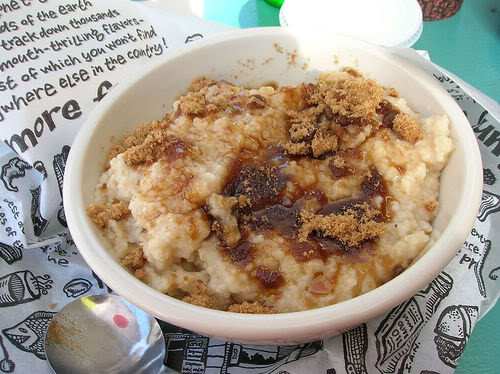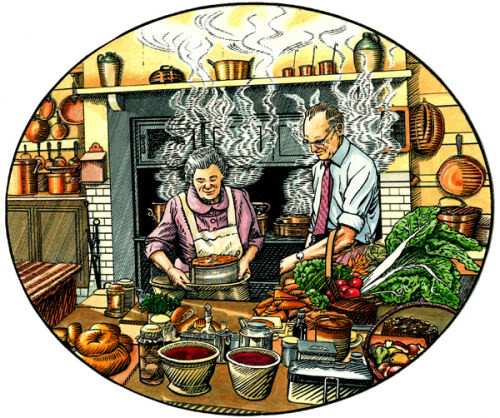“After a few days spent almost entirely out of doors Mary wakened one morning knowing what it was to be hungry, and when she sat down to her breakfast she did not glance disdainfully at her porridge and push it away, but took up her spoon and began to eat it and went on eating it until her bowl was empty.”
The Secret Garden is first and foremost about the wonder and magic of making things come alive — the blossoming of an abandoned garden and two lonely, neglected children. But food is also magical and plays a crucial role in the story. As the flowers and plants grow, so do Mary’s and Colin’s appetites — and who can blame them, with pails of fresh milk, homemade cottage bread slathered with raspberry jam and marmalade, buttered crumpets, currant buns, hot oatcakes, muffins, dough-cakes, and the all-important bowl of warm porridge, sweetened with treacle or brown sugar.



My recent rereading of the novel yielded new insights about the self sufficiency of manor houses like Misselthwaite during Victorian times, and Burnett’s advocacy of homegrown and lovingly shared food as a key component in establishing physical and emotional health. We see Mary change from a sickly, sallow, ill-tempered waif, to a happy, engaged, more caring individual. Colin undergoes a dramatic transformation from a pessimistic, overprotected, bedridden tyrant to a budding evangelical Christian scientist. Purposeful activity centered around nature, lots of fresh air, exercise and companionship certainly contributed to healing, but so did unlimited access to a bounty of locally sourced nourishment.



